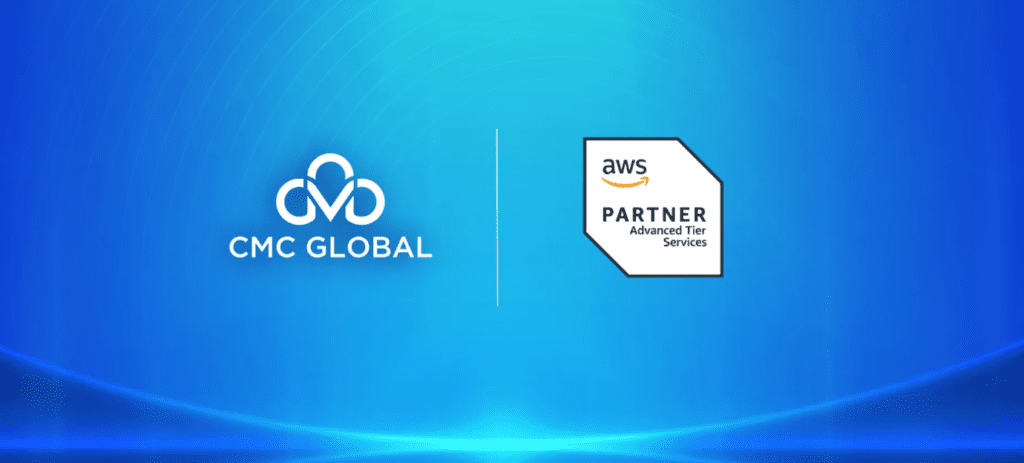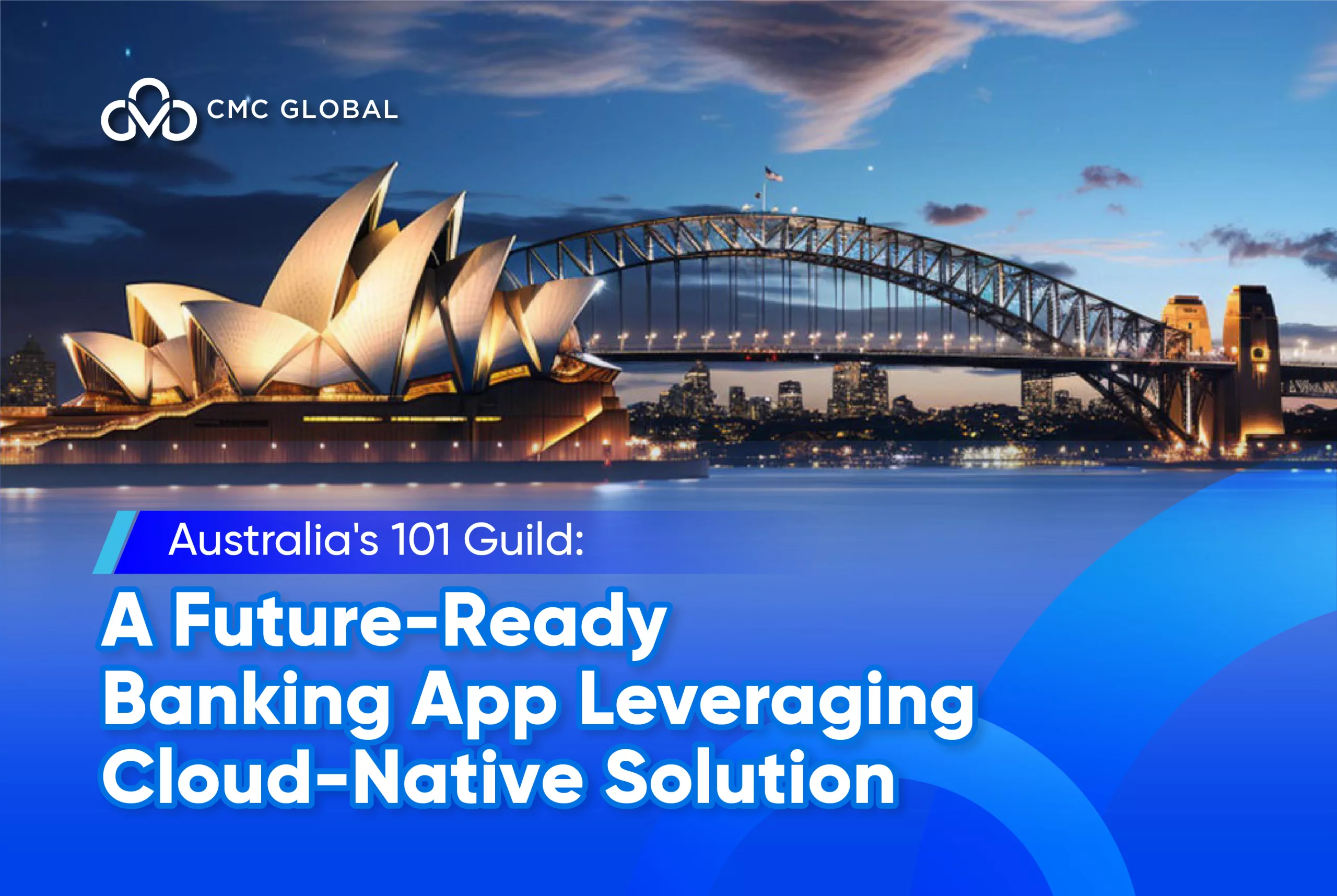In Australia’s banking landscape, ME Go, BOQ, and Virgin Money lead the way with top apps built on new cloud-based systems. These cloud-native applications deliver an enhanced in-app banking experience with innovative features like bill tracking, live chat, and biometric authentication.
In this blog, we’ll guide you through the critical steps to create a powerful and scalable application in the cloud. Join us as we delve into the latest fintech strategies to help you build a cloud-based app efficiently and effectively.
8 Steps to Build a Cloud-based Banking App
Step 1. Set Goals for Building a Cloud Application
Before starting software development, it’s essential to align stakeholders and developers with business goals. This alignment occurs during the discovery phase.
Banks often invest in cloud application development for various reasons:
– To automate and streamline routine banking process
– To offer round-the-clock online financial services accessible via multi-channel
– To enhance agility and scalability;
– To advance security features and regulatory compliance;
– To facilitate real-time data processing and analytics.
![]()
During this phase, the development team engages with the client to understand their vision, goals, and desired outcomes. Using this information, they assess the project’s complexity and scope, estimate development costs, and identify potential challenges.
They also set development priorities. For instance, to accelerate time to market in app development, they may recommend building a Minimum Viable Product (MVP) first, which verify the feasibility of the app launch or improvements.
Step 2. Select a Development Team
When hiring cloud application developers, you can choose from three main selections: engaging freelancers, building an in-house team, or outsourcing to a reputable software development firm.
Refer to the table below for a concise comparison of these collaboration models.
| In-house Development | Outsourcing | |
| Control & Oversight | High | Variable |
| Costs | Potentially higher | Potentially lower |
| Communication | Direct & Immediate | May require effort |
| Scalability | Moderate (Hiring process) | High |
| Project Duration | Well-suited for long-term | Variable |
| Risk Management | Direct Control | Shared responsibility |
| Expertise & Innovation | Customized to company needs | Access to diverse expertise |
Understanding that cloud application development is a continuous process is essential. Regular updates are needed to keep up with the evolving BFSI industry, and as your business grows, you may need to enhance the application’s functionality. Make sure your cloud development partner can offer on-demand services.
Here are key questions to assess a potential cloud software development partner:
– Can you share examples of similar projects you’ve completed?
– Are you familiar with the tools and services needed for our project?
– What cloud platforms and technologies are you skilled in?
– How do you handle security concerns in cloud development?
– How do you ensure scalability in your cloud applications?
– What support and maintenance do you provide after launch?
– Who are the main team members for our project, and what is their experience?
– How do you communicate progress and updates?
– How do you manage changes in project requirements or scope?
Also read: Mastering Cloud Application Development: Your Comprehensive A-Z Guide
Step 3. Identify Features for the Future Cloud Application
The scope and sophistication of features will greatly determine the app development cost. Taking a banking app as an example, some features that you should consider include:
Essential Features for Banking Apps: These core features are crucial for users to efficiently manage their finances, execute transactions, and access banking services securely and conveniently from their mobile devices. Key functionalities include payment processing, money transfers, account management, ATM and branch locators, and finance management tools.
Innovative Features for Banking Apps: These advanced features extend beyond traditional banking functions, offering unique benefits that enhance users’ financial management and convenience. Examples include MFA, QR code payments, AI-infused chatbots, voice-activated virtual assistants, and other cutting-edge technologies.
Read more: From Concept to Implementation: Developing an Effective ERP AI Chatbot
Step 4. Design the Cloud Application’s Architecture
Depending on your project’s requirements, there are various ways to organize components in a cloud-based application. Here are the four most common types of cloud application architecture:
– Monolithic architecture: The application is created as a single, tightly integrated unit where all components are interconnected and dependent on each other. It’s easy to build but may have limited scalability and can be challenging to update.
– Microservices architecture: The application is divided into small, independent services, each with its own functionality, communicating through APIs. This approach offers flexibility and high scalability but may encounter performance issues due to increased complexity.
– Serverless architecture (Function as a Service—FaaS): The application is built using small, event-triggered functions that run in a serverless environment. Serverless applications are flexible and cost-effective but not suitable for resource-intensive tasks.
– Hybrid cloud architecture: This combines on-premises infrastructure with public and/or private cloud resources, providing a highly flexible application. However, hybrid cloud software may face integration challenges and security issues.
Step 5. Select the Tech Stack

After the phase of building an app’s architecture, financial institutions move to the stage of defining the technical components and tools.
There’s no one-size-fits-all solution; each team makes their choice based on their expertise and available resources. Let’s explore some of the most popular tech stack options among Fintech for a robust cloud banking app development:
| Frontend | HTML, CSS, JavaScript, Angular, React, and Vue.js |
| Programming languages | Python, Java, Kotlin, Node.js, Ruby, .NET, Go, PHP, TypeScript |
| Databases | MySQL, PostgreSQL, MongoDB, Oracle, Amazon RDS, Cosmos DB, Firestore, Firebase Realtime Database |
| Frameworks | Spring Boot, Django, Flask, Express.js, .NET Core, Ruby on Rails, Angular, React, Vue.js |
| Cloud services | Amazon Web Service, Google Cloud, Microsoft Azure |
Step 6. Design the Application
The specifics of your cloud application’s UI depend on your preferences and those of your target audience. However, there are some general recommendations to keep in mind when working with your UI/UX design services provider:
– Adaptive design: Ensure the cloud-based software offers consistent experience across various platforms and OS versions. The design should adapt seamlessly to different screen sizes and devices.
– Intuitive navigation: Users should easily navigate through different sections and functions of the application. Utilize common navigation patterns to provide a familiar experience, reducing the learning curve for users.
– Adaptability to dark mode: Many users prefer the option to switch between light and dark modes for better visibility and reduced eye strain. Design the UI to adapt to dark mode preferences and align with the user’s system settings.
– Scalability: Plan for the growth of your application and the addition of new features over time. Design the UI to scale gracefully, ensuring the application remains efficient as it evolves.
– Security: Since it deals with sensitive financial data, the app must have strong security measures to protect user information and build trust.
Step 7. Develop and Test the Cloud-Based App
Cloud-native is an approach to building and running applications that leverages the advantages of cloud computing delivery model.
To build and run scalable applications on public, private or hybrid cloud, the development and programming practice should comprise 4 main tenets:

- DevOps: Over 80% of financial institutions including major player in Australia are actively embracing DevOps practices, known for its agility and quick changes. In DevOps, the goal is to improve the speed of delivery, from writing the code to going into production. Thus, this practice has become one of the first tenets of cloud-native banking application.
- Continuous Delivery: CI/CD (Continuous Integration/Continuous Delivery) is a set of practices and tools that enables rapid development and testing and frequent release of updates. In the case of online banking platform, CI/CD is the process include account and transaction management, security checks, and so on
- Microservices: Microservices architecture breaks down an application into independent and stand-on-their-own features that foster more personalized services and convenience for customers.
- Containers: Containers provide light-weight virtualization by dynamically dividing a single server into one or more isolated containers, which
Step 8. Launch and Maintain
The market is dynamic, with evolving user needs and emerging technologies, necessitating ongoing maintenance for your cloud application. Key areas of focus include:
– Security updates and patches: Regularly implementing updates to safeguard user data against new and evolving threats.
– Performance optimization: Keeping the application responsive and scalable to meet shifting user demands.
– Scalability adjustments: Adapting to variations in user traffic and the ongoing growth of the application.
– Technology updates: Refreshing the technology stack, frameworks, and libraries used in the application to integrate new versions and enhancements.
Work With an Experienced Cloud App Development Partner

With the assistance of app improvement services, businesses across various industries can now develop cloud-based applications. At CMC Global, we specialize in developing cloud applications for companies in numerous industries, guiding our clients in comprehending their enterprise models and optimizing cloud usage for goal maximization.
Using DevOps best practices, we’re ready to support your Cloud app development project, ensuring security and timeliness.
Contact us for a free consultation to explore how our software development services can rework your thoughts into fact.




